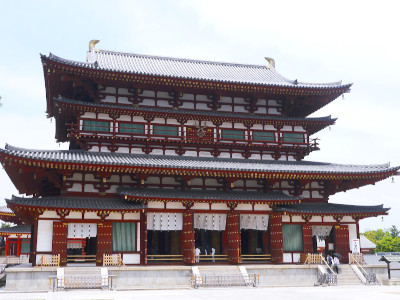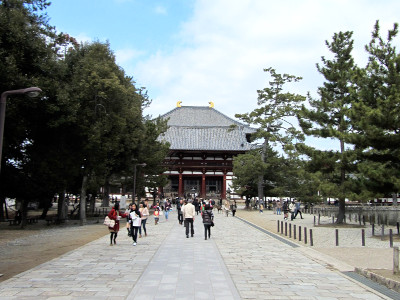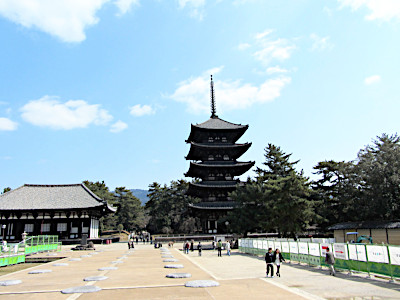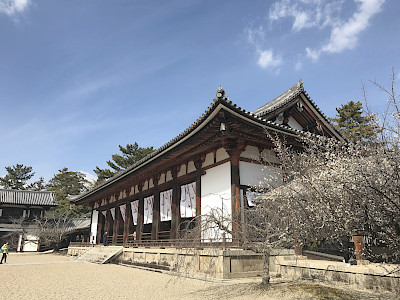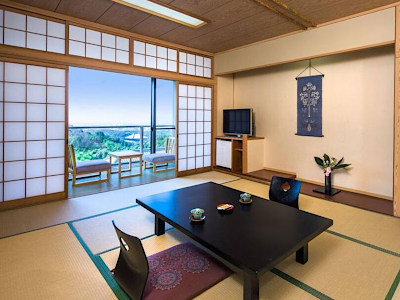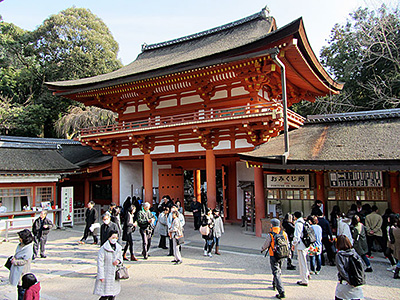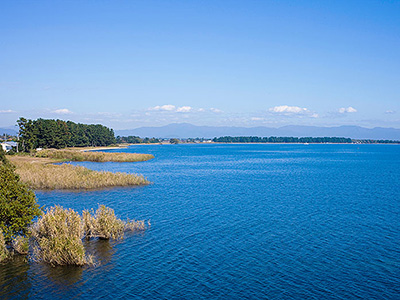Seven Great Temples of Nara (Nanto Shichi Daiji)
This post can contain affiliate links, which means that we may receive a small commission if you make a purchase using these links.
Facts & Figures
The Seven Great Temples of Nara (Nanto Shichi Daiji) describes a group of Buddhist temples that, in a historical context, were the most powerful and influential when Nara was the capital of Japan (710 to 784). This was the time when Nara saw an unprecedented construction boom of temples and monuments. Many of these temples have now the status of UNESCO World Heritage Sites. The Seven Great Temples of Nara are Yakushiji, Todaiji (Great Eastern Temple), Kofukuji, Horyuji, Saidaiji (Great Western Temple), Gangoji, and Daianji. These temples received in the past imperial patronage.
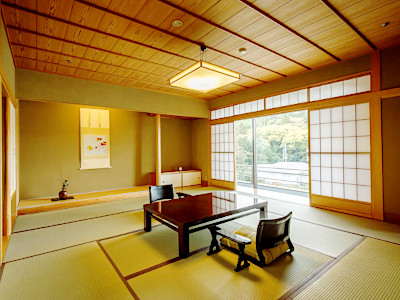 Best Places to Stay in Kyoto >
Best Places to Stay in Kyoto >
Overview of the Seven Great Temples of Nara (Nanto Shichi Daiji)
Yakushiji Temple
The Yakushiji Temple complex is dedicated to the Healing/Medicine Buddha called Yakushi Nyorai. Emperor Temmu (631 – 686) gave the order to build Yakushiji in 680. With a history of over 1300 years, it is one of the oldest temples in Japan. In 1998 the Buddhist temple was named a UNESCO World Heritage Site under the label Historic Monuments of Ancient Nara. It is also the headquarters of the Hosso sect of Japanese Buddhism.
Read More
Todaiji Temple
The Todaiji Temple ("Great Eastern Temple") in Nara is a UNESCO World Heritage Site and one of the most important Buddhist temples in Japan. It is also the center of the Kegon sect of Japanese Buddhism. The main hall of the temple complex is called Daibutsuden (Great Buddha Hall). Daibutsuden is with a height of 49 meters the world's largest wooden building. Todaiji was commissioned by Emperor Shomu (724 - 749). The temple complex was finally completed in 752 after 15 years of construction.
Read More
Kofukuji Temple
The Kofukuji Temple complex has a history of over 1300 years. In 1998 the Buddhist temple was named a UNESCO World Heritage Site under the label Historic Monuments of Ancient Nara. Four buildings of Kofukuji have the status of national treasures and these are the Five-Story Pagoda (Goju-no-to), Three-Story Pagoda (Sanju-no-to), Tokondo (Eastern Golden Hall), and Hokuendo (Northern Octagonal Hall).
Read More
Horyuji Temple
The Horyuji Temple complex near Nara is truly special and old. In 1993 the Buddhist temple was named a UNESCO World Heritage Site and it is one of the oldest temples in Japan. It was built by Prince Shotoku (574 – 622) in 607. The complex consists of 48 buildings, which have the status of National Treasures and Important Cultural Properties, and covers an area of 146000 square meters. Horyuji was Japan’s first temple to be designated a UNESCO World Heritage Site in 1993 under the label Buddhist Monuments in the Horyu-ji Area.
Read More
Saidaiji Temple
Saidaiji (Great Western Temple) was founded in 765 by Empress Koken (718 - 770) as a counterpart to the Todaiji Temple. It is the head temple of the Shingon Risshu sect of Japanese Buddhism. Most of the buildings you see today were constructed during the Edo period (1603 - 1868). In the old days approx. 100 buildings belonged to the temple complex. Due to fires and a loss in importance, the temple's scale is now much smaller.
Gangoji Temple
Gangoji was founded in Asuka by Soga no Umako (551 - 626), a member of the powerful Soga clan. It is one of the oldest temples in Japan and was moved to Nara in 718. Gangoji has the status of a UNESCO World Heritage Site. The highlights are the two National Treasures, which are the Gokuraku-do (Hall of Pure Land or Mandala Hall) and the Zen Shitsu (Contemplation Hall). You will find in the temple’s Treasure House a miniature 5.5-meter tall Five Storied Pagoda (Goju-shoto). The only original building is the Zenshitsu hall at the rear.
Daianji Temple
Daianji Temple dates back to the Asuka period (538 - 710). It is a temple of the Koyasan Shingon sect. The original temple was founded by Emperor Jomei (593 - 641) in 639 and relocated to the new capital of Heijo-kyo (Nara) between 716 and 717. The temple's initial name was Kudara-Otera (Great Temple of Kudara) and was later renamed Daikan Daiji (the Great Imperial Temple). During that time Daianji was an important Buddhist university. The treasure of the temple is nine very beautiful statues of Buddha. Many of them have the status of Important Cultural Properties.
My tips for local activities
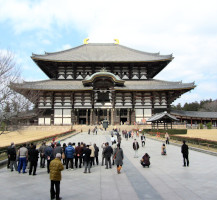
How about exploring the highlights and hidden gems of the fascinating city Nara with a local guide? The personalized tour by our partner GetYourGuide can take between 2 - 6 hours. For more details check out this page >

